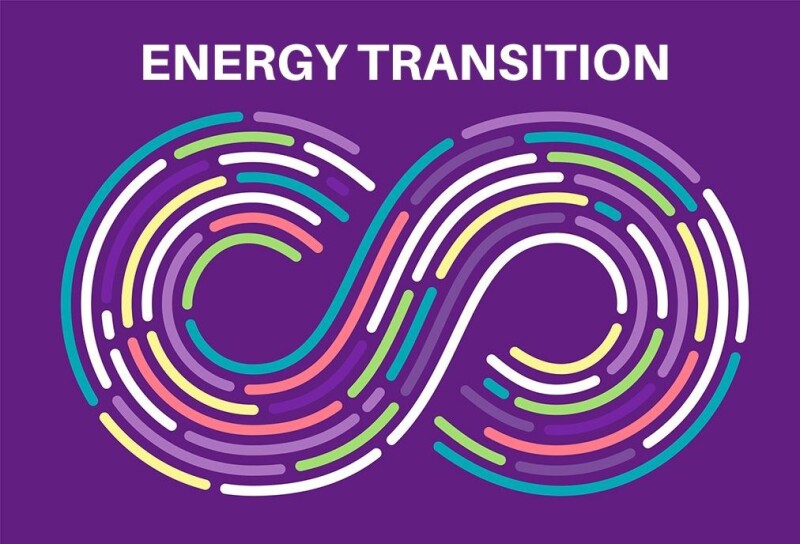The energy industry is going through a transition, undoubtedly one that will reshape its outlook for several decades to come. There has been an increase in investor and government pressure to reduce dependence on nonrenewables as a source of energy. In addition, technological advances and subsidies have improved profitability and sustainability of alternative energies. To survive and flourish in this transition, oil and gas companies need to explore alternatives for profitable growth that also reduce Scopes 1, 2, and 3 emissions. This two-pronged challenge has led to more competition for investor money and human capital and has increased pressure on oil and gas companies to focus on their carbon footprint while maintaining their bottom lines.
Strategic responses among the players to date have been categorized into three broad archetypes: resource specialization, integrated energy play, and low-carbon pure play.
- The resource specialists (typically mid-sized independent companies) are still focusing on oil and gas, but they are high-grading their hydrocarbon portfolio to compete profitably. Companies in this class recognize that the mature phase of any industry’s development is often its most profitable for the strongest performers. This strategy is often enhanced by consolidation opportunities while focusing on reducing emissions in ongoing operations.
- The integrated energy players are retaining their profitable hydrocarbon-based core assets while entering emerging low-carbon markets, including renewable power, bioenergy, next-generation mobility, energy services, and hydrogen. These companies (super majors and super independents) are positioning themselves as providers of various forms of energy (e.g., wind, solar, biofuels, oil, natural gas, hydrogen), rather than remaining a conventional oil and gas player.
- The low-carbon pure plays, led by European companies, are divesting their legacy, high-carbon portfolios and shifting toward becoming clean energy businesses.
This breadth of strategies highlights the disparity in the industry’s views of future growth and direction. While some are adapting to it by developing stronger positions in oil and gas, others are actively leading the way in energy transition. However, one thing is clear: There is a need to establish an ecosystem for making the transition successful. Broadly, it can be broken into three critical pillars: People, business processes, and regulatory infrastructure. Their availability (or lack thereof) will determine how rapid the energy transition is going to be.
The authors of this article have developed a series that aims to address all three pillars, which will be published in TWA in the coming months to look closely at what the current oil and gas industry outlook is for the energy transition.
What Will Happen to Oil and Gas in Next Few Decades?
We posed this question to an array of industry experts. The consensus was that oil and gas will be around for decades but will eventually share center stage with other forms of energy. A senior supply development manager in new energies business in a major oil and gas company pointed out “that most companies focus on ‘net zero’ ambition, but not zero oil and gas. Oil and gas is the cash engine to fuel this [energy] transition.” Data from EIA demonstrates a sample of the reliance of the world on oil and gas (Fig.1).

The Fragmentation
The energy market will eventually be catered by a variety of energy sources, a phenomenon already evident in the automobile sector and in domestic energy consumption. Hence, fragmentation of the energy sector is likely. The transition means that oil and gas companies across the globe will gradually redirect some of their exploration and production investments into some sort of alternative “low-carbon” energy as a strategic goal. Jeff Simmons, SVP technical and operations support, and chief petrotechnical officer at Oxy, said: “Carbon management is an extension to the oil and gas industry, and not an alternative. Oxy is working to create new, impactful solutions that can help reduce the pace of climate change, not just adding renewables to hydrocarbon development, for example, Direct Air Capture, as we believe oil and gas will be part of the energy mix for decades to come.”
We “followed the money” to understand which low-carbon segments are the most common choices for future investment by companies, and whether the chosen segments vary depending on the company type (Fig. 2).

Although carbon capture, utilization, and storage (CCUS) and solar seem to be preferred options across the industry today (Fig. 2), most of the majors (and many national oil companies) are spreading their bets, and there is no clear winner yet. “There does not seem to be a future of one major energy source—there will be many smaller sources”, said a supply development manager in new energies business for a major oil and gas company. Customers will have the option to meet their energy needs using one of the many alternatives, thereby driving competition higher and profitability lower. If the trend continues, we expect to see a larger number of energy players providing “differentiated” boutique energy offerings. So, what will be the role of large integrated energy companies? Do they become energy aggregators selling different energies (think Walmart and Amazon)? Or will one energy source outplay the rest? A lot will depend on technological advancements and energy regulations, which are topics for our future articles in this series. Be on the lookout for our next articles on People, Business Processes, and Regulatory Framework to continue this conversation.
References
1. McKinsey & Company, 2021. The big choices for oil and gas in navigating the energy transition.
2. Energy Information Administration and JP Morgan Asset Management, 2019.
3. Rystad Energy. E&P Energy Transition Strategy Analysis Dashboard.

